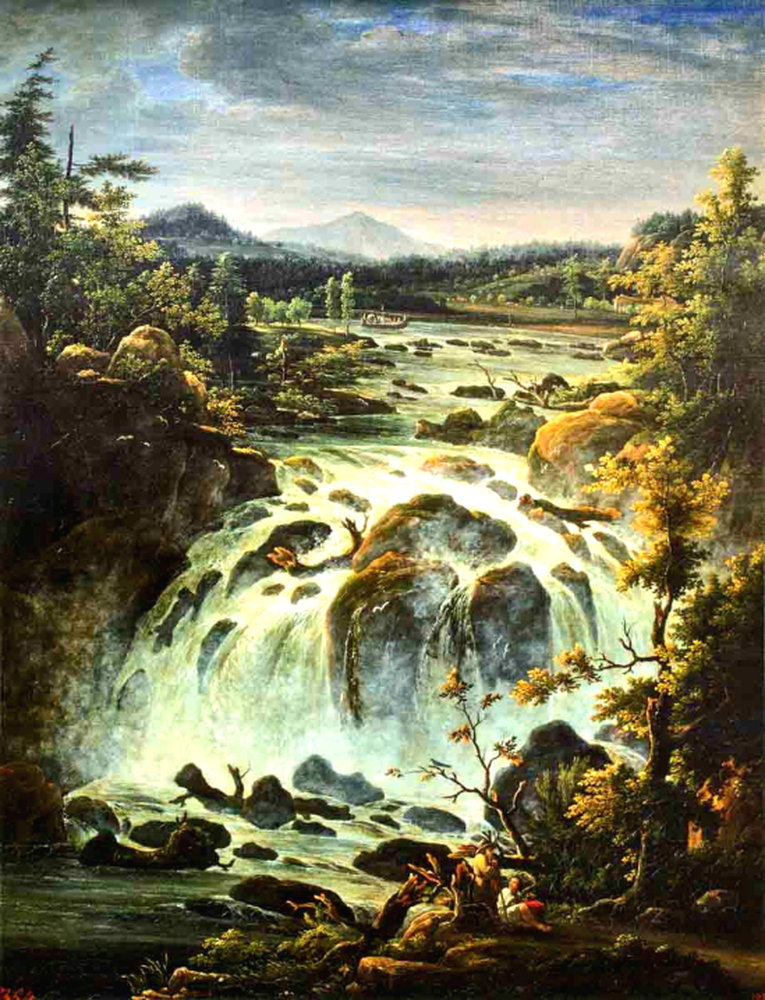
On a hot and sunny Tuesday, September 26, the current head of the Department of Slavic Languages and Literatures, Professor Valeria Sobol gave a lecture entitled “‘Gloomy Finland’ and the Russian Imperial Gothic.” The talk was a part of REEEC Fall 2017 Noontime Lecture Series, but as Professor Sobol pointed out in her opening remarks, the talk could also fit into the “1917: Ten Days that Shook the World / 2017: Ten Days that Shake the Campus” initiative since it was 1917 when Finland finally gained its independence. However, the lecture took us back to the time when Finland became a part of Russia – the timeframe that is of particular interest to Sobol as she is working on her new project, Haunted Empire: The Russian Literary Gothic and the Imperial Uncanny, 1790-1850.
In her new book, Sobol explores the North-South axis (that comprises Finland, the Baltics, and Ukraine) and its place in the rhetoric of Russian Imperial discourse. However, for the lecture she concentrated on Finland and its image in Russian literary and ethnographic works of the 1840s.
Finland has always held a somewhat peculiar position in Russian imagination. In the early Russian annals, Finnic peoples were referred to as Chud that was commonly interpreted as ‘foreign’, from Russian ‘chuzhoi’. During the Great Northern War (1700 – 1721) St. Petersburg was founded and bordering Finland became a part of the narrative which is now known as the Petersburg Text. At last, as a result of the Finnish War (1808 – 09), the eastern part of Sweden became a part of Russian Empire as the Grand Dutchy of Finland. Russian authors of the time interpreted this event in Finnish history as a moment of enlightenment when unsophisticated and uneducated Finns were taught and polished by progressive and ‘European’ Russia, omitting the fierce Finnish resistance.
Read the full story on the REEEC blog.